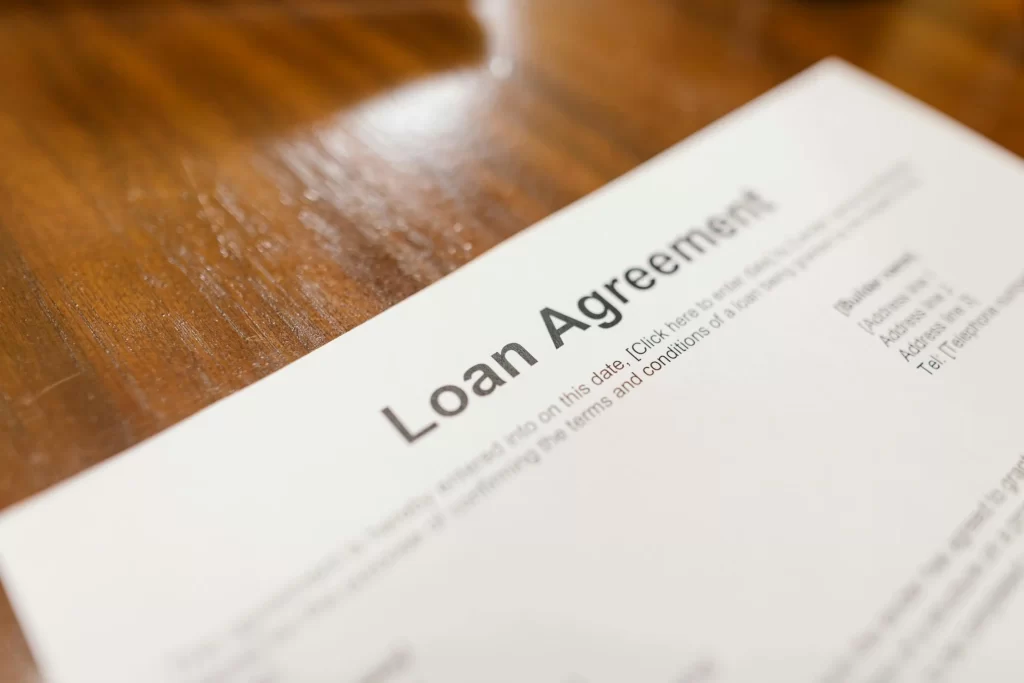Unexpected Tax Benefits of Personal Loans in Utah — What Smart Borrowers Need to Know
When most people think about personal loans in Utah, they imagine quick cash for emergencies, consolidating debt, or funding big purchases. But few realize there

An amortized loan comes with an amortization schedule, according to which you are required to pay back in fixed, periodic payments. These payments are applied to both the interest accrued and the principal amount.
However, during the start of your loan term, you will be paying more towards the interest accrued than the principal balance.
So how does it actually work? What is an amortized loan, really? In this comprehensive guide, we will explain what an amortized loan is and how it works. So read on to enhance your understanding of how loans work.
An amortized loan allows lenders to charge interest while keeping the payments fixed and periodic. These payments contribute towards both the interest and the principal amount.
During the first few months of your repayment period, you will mostly be paying to cover the cost of interest. As you near the end of your repayment period, most of these payments will go towards the principal balance.
Most of the installment loans are amortizing loans, including personal loans, mortgage loans, auto loans, home equity loans, and student loans.
An amortized loan is developed after making several calculations. The loan’s interest is calculated according to the last ending balance of the loan. As you pay your monthly loan payments, the interest amount you owe decreases.
As the interest owed on your amortized loan decreases, the portion of the amount you pay towards the principal will increase over the life of the loan.
An amortized loan is calculated by multiplying the current balance of the loan by the interest rate for the current period. This will give you the interest due for the current period.
Now you’ll need to subtract the interest due for the current period from the monthly payment. This will give you the principal paid during that period.
This amount of principal paid in the current period is then deducted from the current balance of the loan. The result is the new outstanding balance which can be used to find out the interest for the next period.
You can use the following loan amortization formula to calculate your principal payment:
Principal Payment: TMP − (OLB x Interest rate/12 months)
Here,
TMP refers to the total monthly payment.
OLB refers to the outstanding loan balance.
An amortization schedule is a depiction of how much of the monthly payment goes towards principal and interest until the loan is completely repaid. If you have a fixed loan, the amount you pay towards the principal will remain the same every month, throughout the life of the loan.
Early on during the start of the loan term, most of the monthly payment will go towards interest. But as the term nears its end, most of the payment will go towards the principal.
An amortization schedule includes your loan amount, loan term, interest rate, amount of payment due, number of payments, frequency of payments, the outstanding balance, and how much of the monthly payment goes towards interest and loan principal.
Yes, it is possible to pay off an amortized loan early. However, you will need to make principal-only payments or pay more frequently. You can also make extra payments on the principal to reduce the amount on which the interest is accrued. But make sure to check with your lender if there are any prepayment penalties.
An amortized loan allows you to budget your cash flow over the life of your loan. It reduces the outstanding balance over time by letting you pay extra principal payments. If you are taking out an amortized loan, make sure to use an amortization calculator to find out your interest vs. principal payments.
Smooth and protected, embark on a fast track to a cash loan with simple steps. Access your funds promptly!
Questions or need assistance? Our dedicated team is here to help you with all your cash loan inquiries. Contact us now!
When most people think about personal loans in Utah, they imagine quick cash for emergencies, consolidating debt, or funding big purchases. But few realize there
When money emergencies strike, you don’t have time to wait days for approval or paperwork. Whether it’s a medical bill, car repair, or rent due
Identity theft can happen to anyone and often when you least expect it. One of the most powerful ways to protect yourself is by freezing
When unexpected medical bills hit, they don’t just affect your health. They can also take a heavy toll on your finances. From sudden ER visits
Monday through Friday 9am to 5:30pm

Don’t wait any longer!
Start your application today.
+1 (801) 919-3200
Monday through Friday 9am to 5:30pm
424 North Freedom Blvd Provo, Utah 84601